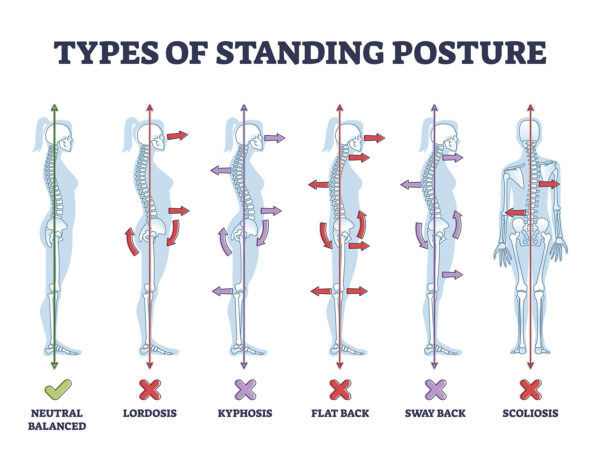The Fundamental Concept of Progressive Overload
At its core, progressive overload refers to the practice of continuously increasing the demands on the musculoskeletal system to stimulate muscle growth and strength development. Originating from the foundational principles of resistance training, it’s the key to ensuring that muscles adapt and grow stronger over time.
Why Progressive Overload is Crucial
Without the implementation of progressive overload, muscles would simply adapt to the same level of resistance, leading to plateaus in strength and size gains. For continuous improvement, it’s imperative to challenge the muscles by incrementally increasing the load or altering other workout variables.
The Science Behind Muscle Adaptation
Muscle growth, or hypertrophy, is a response to the micro-tears that occur in muscle fibers during resistance training. As these fibers repair, they grow thicker and stronger. Progressive overload ensures that the degree of these micro-tears increases over time, signaling the body to continuously repair and strengthen the muscle tissue.
Methods to Implement Progressive Overload
There’s more than one way to achieve progressive overload. Here are some popular methods:
- Increasing Resistance: The most common method is to increase the weight you’re lifting, whether it’s free weights, machines, or resistance bands.
- Increasing Repetitions: Instead of increasing weight, you can perform more repetitions with the same weight.
- Adjusting Tempo: Modifying the speed of your repetitions, such as incorporating slower negatives or pause reps, can intensify the exercise.
- Enhancing Frequency: Increase the number of times you work a specific muscle group per week.
- Varying Exercises: Introducing new movements can challenge muscles in different ways, promoting growth and strength.
Monitoring and Adjusting: Finding the Right Balance
It’s essential to approach progressive overload with caution and awareness. Constantly pushing for more resistance or repetitions without adequate recovery can lead to overtraining or injuries. Monitoring your body’s response, ensuring proper form, and allowing sufficient recovery time are paramount.
Benefits Beyond Muscle Growth
While muscle growth and strength gains are primary outcomes, progressive overload offers other benefits:
- Improved Bone Density: Resistance training strengthens not only muscles but also bones, reducing the risk of osteoporosis.
- Better Joint Health: Strengthening the muscles around joints can enhance joint stability and reduce injury risks.
- Enhanced Athletic Performance: For athletes, progressive overload can lead to improvements in speed, power, and overall performance in their chosen sport.
In Conclusion: A Pillar of Effective Strength Training
Progressive overload stands as a cornerstone of effective strength training. By understanding its principles and integrating them wisely into training regimens, individuals can ensure consistent muscle growth, strength gains, and a host of other health benefits. Whether you’re a novice or an experienced lifter, embracing the concept of progressive overload can elevate your training to new heights.







